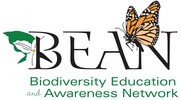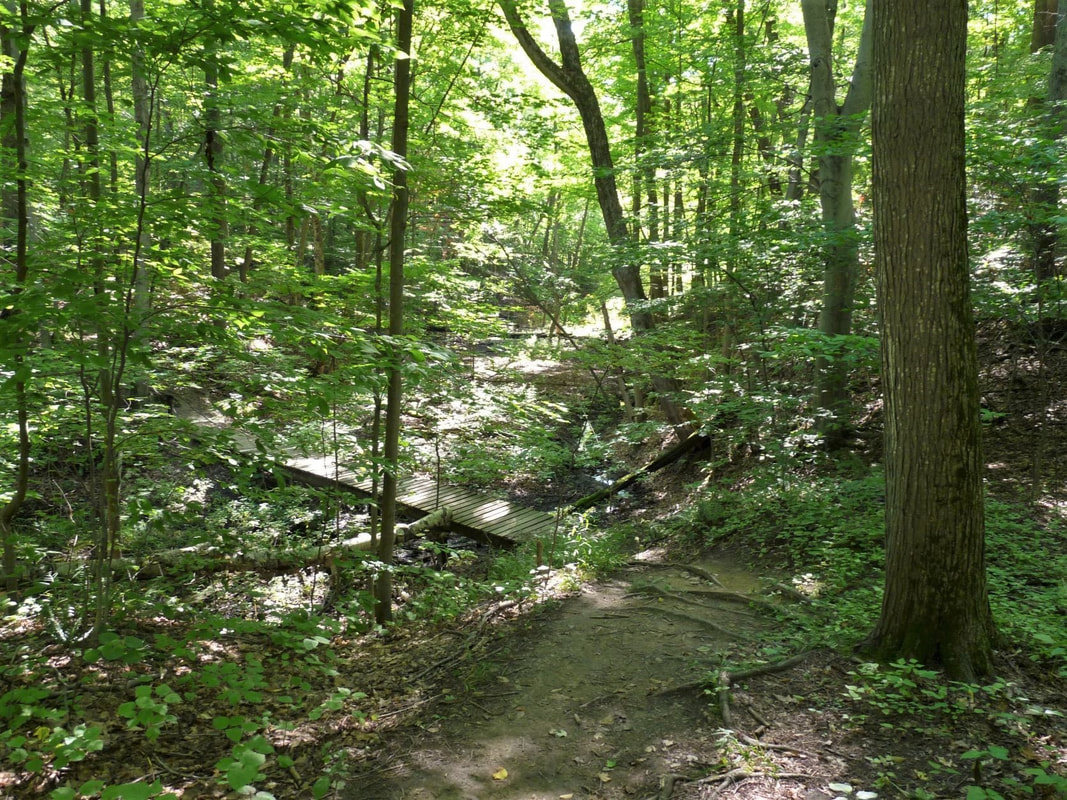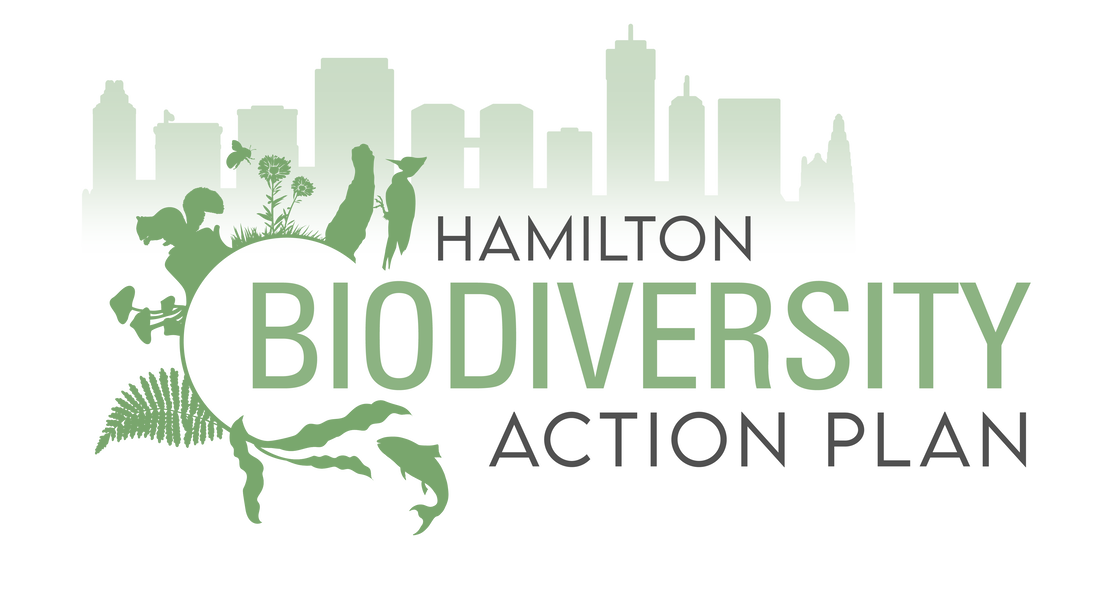|
By: Brittany Killingbeck, Stewardship Technician, Hamilton Naturalists’ Club Hamilton is a biodiversity hotspot with a diversity of unique natural heritage features like the Niagara Escarpment, Cootes Paradise Marsh, and Lake Ontario among many other woodlands, wetlands, and waterways that provide refuge for people, animals, and plants alike. A biodiverse, healthy landscape provides critical benefits to Hamiltonians such as managing flooding by storing water, reducing air pollution by filtering out harmful air particulates, and sequestering carbon. Unfortunately, like all places on Earth, Hamilton is facing a biodiversity crisis. Our unique natural features, species, and habitats are threatened by habitat loss and fragmentation, pollution, invasive species, and climate change. In response, the leaders of Hamilton’s conservation community and the City of Hamilton have partnered together to develop a city-wide, multi-stakeholder Biodiversity Action Plan (BAP) for Hamilton. In May 2023, the draft BAP (https://engage.hamilton.ca/biodiversityplan) was opened for public consultation and edits are now underway. A final document will be presented in 2024. The BAP envisions “a Hamilton that is resilient to climate change, celebrates nature, and provides a healthy environment for all life.” The plan aims to:
In order to reach these goals seven key priorities have been identified to guide the actions;
Each key priority has its own set of actions, and all work towards protecting and enhancing biodiversity for future generations. An integral part of this local plan is that everyone has a role to play to protect and enhance Hamilton’s biodiversity. Every small action contributes to the enhancement of our local environment and together we can create a better future for all. This collaborative initiative has been undertaken by Hamilton Naturalists’ Club, City of Hamilton, Hamilton Conservation Authority, Cootes to Escarpment EcoPark System Secretariat, Environment Hamilton, Bay Area Restoration Council, and Niagara Peninsula Conservation Authority.
0 Comments
Leave a Reply. |
AuthorWrite something about yourself. No need to be fancy, just an overview. Archives
July 2024
Categories |



 RSS Feed
RSS Feed
